PESC Approved Standards
- Admissions Application
- College Transcript
- Course Inventory
- Credential & Experiential Learning
- ePortfolio PESC
- High School Transcript
- PDF Attachment
- Test Score
TOOLS & RESOURCES
For Admissions, Financial Aid, and Registrar Offices:
PESC-approved standards are available openly and free of charge for education and workforce, health and medical, military and government, and all teaching and learning communities – the cornerstone principle of PESC, PESC’s Mission, and PESC’s Membership.
Our approved standards are Workgroup developed, proposed, approved, ratified, and maintained through an open, transparent, rigorous, community-based, collaborative process, which includes a public notification when development initiates and a formal 30-day public comment period before approval, all governed by PESC Members.
PESC digital standards are platform and application neutral; used, implemented, adopted, and integrated in systems, networks, products, and services applications; are hub and spoke and web services friendly; support a transaction or business process and, can be implemented or used one independently from another.
The EDI, JSON, PDF, and XML data modeling guidelines and specifications, definitions, and business processes are aligned and governed under PESC’s Standards Development Forum for Education. This alignment instills trust between different technologies, enables reliable data mapping across different technologies, and ensures data quality and integrity across different technologies.
EDI, JSON, PDF and XML data modeling guidelines
The EDI, JSON, PDF, and XML data modeling guidelines and specifications, definitions, and business processes are aligned and governed under PESC’s Standards Development Forum for Education. This alignment instills trust between different technologies, enables reliable data mapping across different technologies, and ensures data quality and integrity across different technologies.
For use of PESC APPROVED STANDARDS, the PESC Website and PESC Work Products
in which you do not mention or provide attribution to PESC:
- Use, access and downloading of PESC APPROVED STANDARDS are provided openly and free of charge.
- You can also developderivative products and services from ESC APPROVED STANDARDS and you are responsible for any use of
PESC APPROVED STANDARDS you make.
For XML
XML, or eXtensible Markup Language, introduced in 1998, is widely used in business-to-business transactions for defining electronic document content. It facilitates data transmission over the web or between applications, conveying both text and its meaning. Its popularity surged due to its programming flexibility and human-readable format. This prompted the Postsecondary Electronic Standards Council (PESC) to establish a permanent group for XML development, leading to the launch of the Standards Forum for the Education Community on August 4, 2002.
XML Details
Created in 1998, eXtensible Markup Language or XML, a specification used in software to define the content of an electronic document, has become widely used in business-to-business transactions. Whether sending data over the web or between applications, XML can be used to transmit both text and the meaning of that text.
XML quickly became popular as by this time programming was no longer bound by file size restrictions. With XML being more easily programmable and more verbose (human readable), PESC launched a study group to analyze and recommend to the PESC Board of Directors what steps PESC should take with regard to XML.
In response, the Board Response to the XML White Paper recommended the establishment of a permanent group to address XML development. On August 4, 2002, PESC launched the Standards Forum for the Education Community.
For XML, PESC APPROVED STANDARDS include:
- XML schema that outline data file design & record structure
- Implementation Guides that explain & describe adoption, integration & use
- Instance Documents that display examples based on sample data (This mandate is a recent requirement and may not be included in some.)
Dependent on when developed and released, each are based on specific versions of:
- Academic Record Sector
- Core Main Components
- PESC’s XML Technical Specification
The Academic Record is an XML schema that contains a dictionary of element type definitions that can be used to construct and validate XML messages. The library contains element types that are specific to information about a student’s academic experience and accomplishments.
Core Main is also an XML schema that contains a dictionary of common element type definitions that can be used to construct and validate XML messages.
The PESC XML Technical Specification outlines PESC XML Schema Structure, development methodology and design rules.
For EDI
In the early 1990s, SPEEDE Committee developed the first electronic standards for higher education using EDI, later expanding to admissions and test score reporting. While EDI gained traction in registrar and admissions, financial aid favored XML due to programming complexities. Originally governed by ANSI, EDI standards shifted to PESC, making ANSI’s role obsolete.
PESC’s Education Record User Group oversees admissions, registrar, and EDI standards, designated as PESC Approved Standards. Around 2000, XML standards emerged under PESC, supplementing but not replacing EDI. Organizations choose between EDI and XML based on capabilities and cost-benefit analyses.
SNAP published a comprehensive implementation guide compatible with PESC’s standards. PESC endorses certain EDI standards, but users must obtain them from ANSI.
Details for EDI
In the early 1990’s the Standardization of Postsecondary Electronic Education Data Exchange (SPEEDE) Committee of the American Association of Collegiate Registrars and Admissions Officers (AACRAO), the Council of Chief State School Officers (CCSSO) and the National Center for Education Statistics (NCES) of the U.S. Department of Education worked together to develop the first electronic standards in higher education for processing transcripts, which was developed in an existing technology called Electronic Data Interchange (EDI).
With the successful launch and implementation of an EDI transcript standard, other data exchange processes were developed in EDI as well, including admissions and test score reporting. Note; While use of EDI grew and continues to be implemented in the registrar and admissions communities, for a number of reasons including programming complexities, the financial aid community did not adopt and implement EDI but works now in XML.
The EDI standards were originally developed under the requirements of the American National Standards Institute (ANSI) and the most current version of the EDI suite of transactions is version 4, published in April 1998 and based on X12 Version Release 4010. These standards, however, are no longer maintained under ANSI as the community has agreed to work under PESC as education’s standards-setting body, thereby making ANSI’s role obsolete. PESC’s Education Record User Group, established in 2008 to govern the development and support of all admissions and registrars standards, now also governs all EDI standards and all EDI standards are now considered PESC Approved Standards.
Around 2000, admissions, financial aid, and registrar communities also began developing standards in a new technology called eXtensible Markup Language (XML) under PESC. The launch and use of XML does not mean that use of EDI is obsolete. In choosing which technology to use EDI or XML, organizations must determine the capabilities of the organization with which they exchange data and perform a number of analyses including cost benefit and strategic.
Note: The Statistical Networking Applications Project (SNAP) has published a comprehensive implementation guide for data exchange between and among PK-12 schools/districts and colleges and universities. These two editions are fully compatible. While PESC has adopted certain EDI standards as PESC APPROVED STANDARDS and hosts corresponding EDI Implementation Guides, users must obtain the EDI standards from the American National Standards Institute (ANSI). For more information, please see the Introduction & Overview of SPEEDE/ExPRESS.
